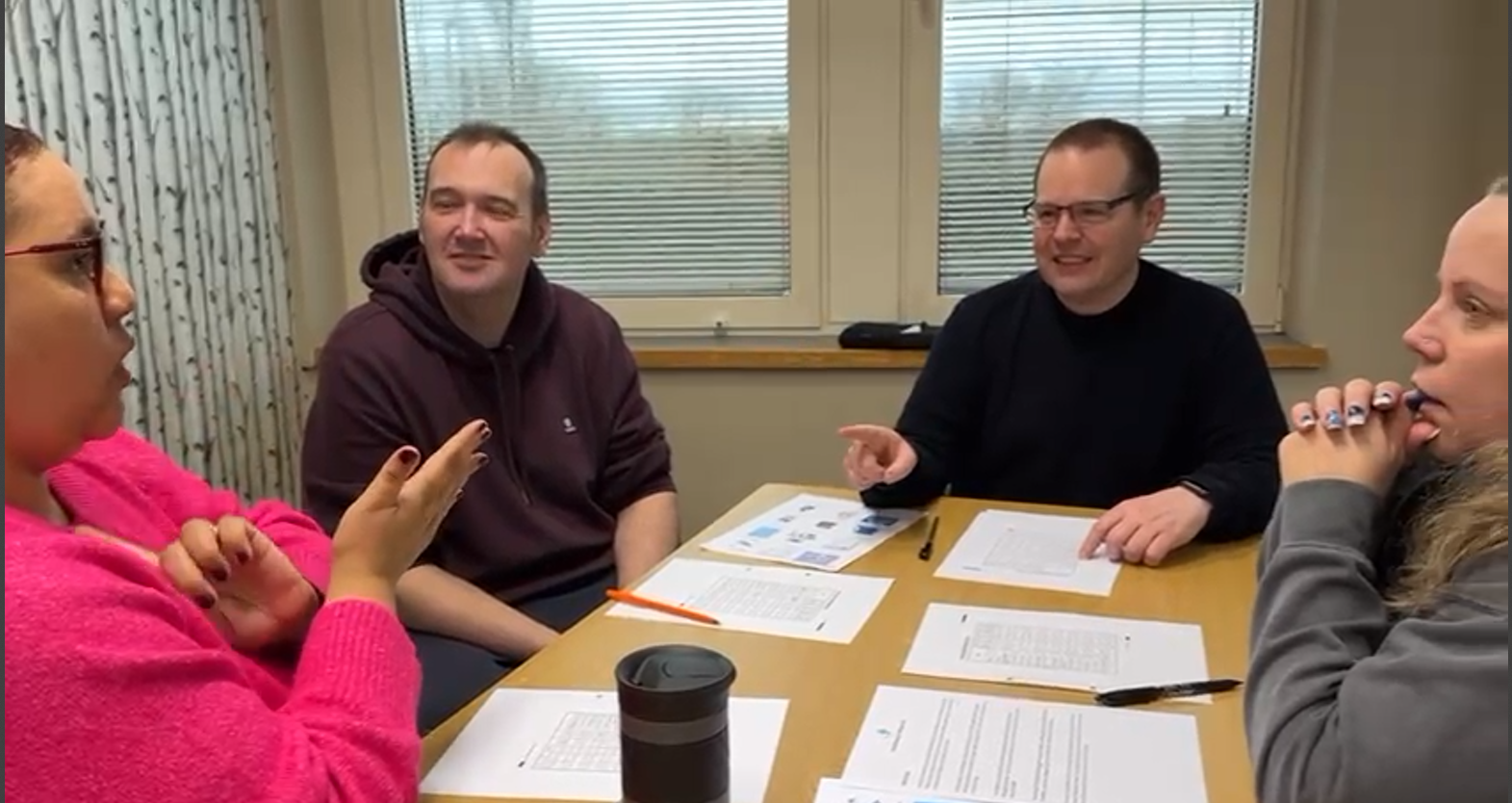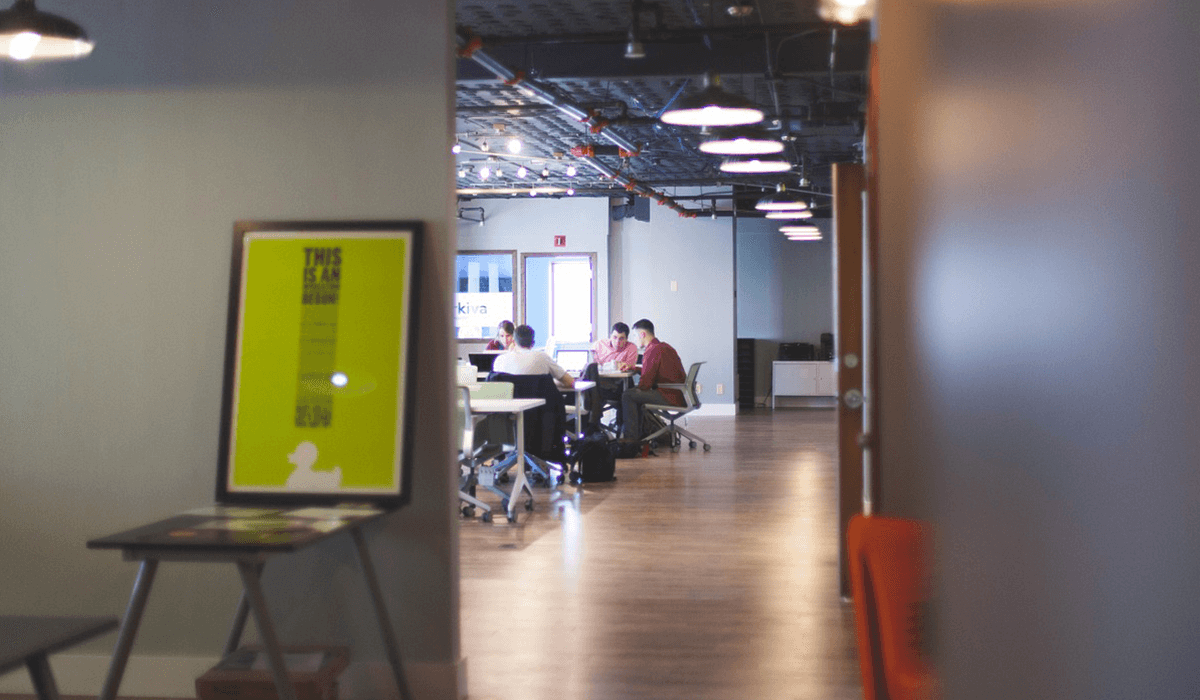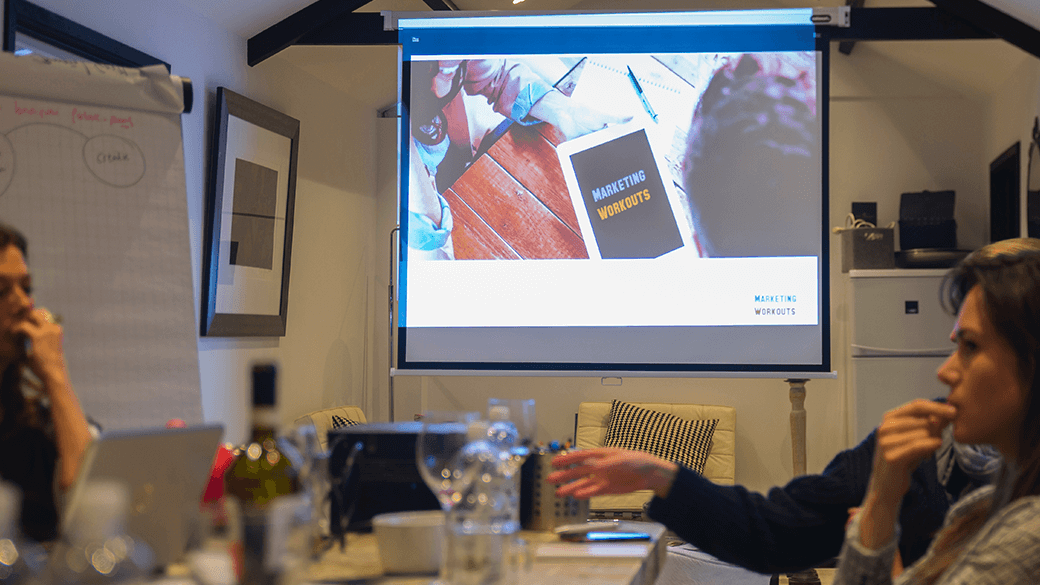The Power of Allyship
Transforming the workplace for everyone

The Power of Allyship: Transforming the Workplace for Everyone, Including Deaf and Hard of Hearing Employees
13/11/2024
In today’s dynamic and diverse workplaces, creating an environment where everyone feels valued and included isn’t just a goal—it’s a necessity. One of the most powerful ways to foster such an inclusive culture is through allyship, which involves actively supporting and advocating for colleagues who might face unique challenges. This blog explores the transformative impact that a culture of allyship can have on the employee experience, particularly for those who are deaf or hard of hearing, and why this mindset benefits everyone in the organization.
Understanding Allyship: More Than Just a Buzzword
Allyship is about taking proactive steps to stand alongside others, especially those from marginalized or underrepresented groups. It’s about listening, learning, and taking action. Allyship isn’t performative; it’s a continuous commitment to fostering an environment where every voice is heard, respected, and included.
When it comes to supporting colleagues who are deaf or hard of hearing, allyship goes beyond basic accessibility measures. It’s about creating a culture that truly values communication equity and where everyone feels they belong.
Why Allyship Matters for Deaf and Hard of Hearing Employees
Deaf and hard of hearing employees face unique barriers that go beyond physical access or workplace accommodations. These barriers often manifest in subtle ways, such as:
- Communication Barriers: Whether it's missing out on important information in a noisy meeting or struggling to understand rapid speech, communication challenges can create a significant sense of isolation for deaf and hard of hearing employees.
- Limited Access to Informal Networking: Office conversations and casual networking often take place verbally, which can exclude those who rely on sign language or other forms of communication support.
- Misunderstandings and Stereotypes: There is often a lack of awareness about the impact of deafness on communication styles, leading to misconceptions about the capabilities and contributions of deaf and hard of hearing individuals.
This is where a culture of allyship can make a profound difference.
The Positive Impact of Allyship on the Workplace
1. A Sense of Belonging
When employees feel that their colleagues are allies—willing to listen, adapt, and advocate for inclusivity—it fosters a deep sense of belonging. For deaf and hard of hearing employees, knowing they have allies who are willing to use inclusive communication practices, such as ensuring everyone’s face is visible in meetings or using captions during presentations, can make a significant difference in their daily experience.
2. Improved Communication and Collaboration
Allyship encourages everyone to be more mindful of their communication practices. This might include:
- Using clear and inclusive language in meetings.
- Providing written summaries or using visual aids to ensure information is accessible.
- Implementing technology solutions, like live captions or sign language interpreters.
These practices not only benefit deaf and hard of hearing employees but also enhance clarity and understanding for everyone in the workplace.
3. Enhanced Employee Engagement and Retention
Employees who feel supported and included are more likely to be engaged in their work and loyal to their organization. By actively promoting allyship, companies demonstrate their commitment to diversity and inclusion, which can boost morale and create a more positive work environment. When deaf and hard of hearing employees feel seen and valued, they are more likely to thrive, contributing their unique perspectives and talents to the organization.
4. Cultivating Empathy and Understanding
Allyship requires stepping into the shoes of others, fostering a culture of empathy and understanding. This shift in perspective encourages all employees to be more aware of the diverse needs and experiences within their team. By supporting deaf and hard of hearing colleagues, employees can develop a broader appreciation for the different ways people communicate and collaborate, leading to a more cohesive and connected team.
5. Driving Innovation and Creativity
An inclusive culture that embraces diverse communication styles and perspectives is a fertile ground for innovation. When all voices are heard—regardless of how they are expressed—teams are better equipped to solve problems creatively and come up with fresh ideas. By prioritizing allyship, companies tap into a wider pool of insights and experiences, driving innovation and growth.
How to Foster Allyship in the Workplace
Building a culture of allyship requires intentional actions and ongoing commitment. Here are some practical steps organizations can take:
1. Provide Training and Education
We offer two tailored courses: 'Working in Inclusive Teams' and 'How Inclusive Teams Work', designed to equip teams with the skills and knowledge needed to foster a culture of allyship. These courses focus on practical strategies for inclusive communication, deaf awareness, and building effective, diverse teams.
Just reading this article is not enough, you need the experiential learning to build your emotional intelligence and internalise the value of allyship.
2. Create Safe Spaces for Open Dialogue
Encourage open conversations where employees can share their experiences and needs. For deaf and hard of hearing employees, this might mean creating forums where they can provide feedback on accessibility measures or share their preferred communication methods.
3. Lead by Example
Leadership sets the tone for workplace culture. When leaders model allyship—such as consistently using inclusive practices or advocating for the needs of deaf and hard of hearing employees—it sends a powerful message to the rest of the organization.
4. Recognize and Celebrate Allyship
Highlight and reward examples of allyship within the organization. Whether it’s a colleague who consistently uses captions in meetings or someone who advocates for better accessibility policies, acknowledging these efforts can inspire others to take similar actions.
5. Invest in Accessibility and Technology
Ensure that the tools and resources needed for effective communication are readily available. This might include providing sign language interpreters, ensuring meetings are captioned, or using visual communication platforms. Investing in these solutions is a tangible way to show commitment to allyship.
Be the First to Know: Join Our Mailing List
We’re excited to share that the schedule for next year’s courses, 'Working in Inclusive Teams' and 'How Inclusive Teams Work', will be announced soon! If you’re interested in learning more about how you can foster a culture of allyship in your workplace, join our mailing list for early access and updates.
👉 Fill out the Contact Form today to stay informed and receive exclusive details as soon as we launch.
A Call to Action: Be the Change
Creating a culture of allyship isn’t just about making the workplace better for deaf and hard of hearing employees; it’s about enhancing the experience for all employees. It’s about fostering a culture of respect, empathy, and collaboration that benefits everyone, regardless of their abilities or communication preferences.
By embracing allyship, we can transform our workplaces into environments where everyone feels valued, heard, and empowered to do their best work. Together, we can create a culture where inclusivity is the norm, not the exception.
So, let’s be the change we want to see. Let’s be allies—for each other, for our deaf and hard of hearing colleagues, and for a better, more inclusive workplace for all.













